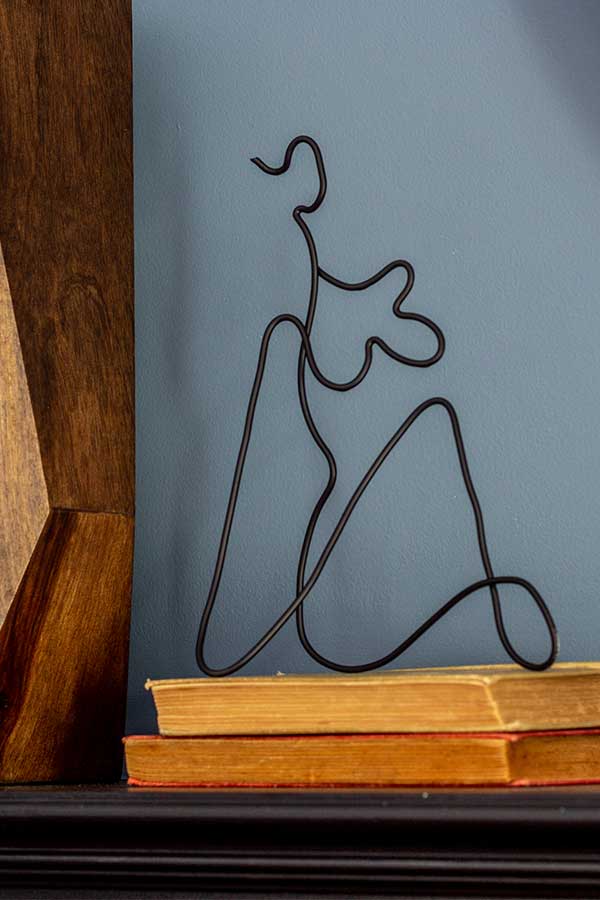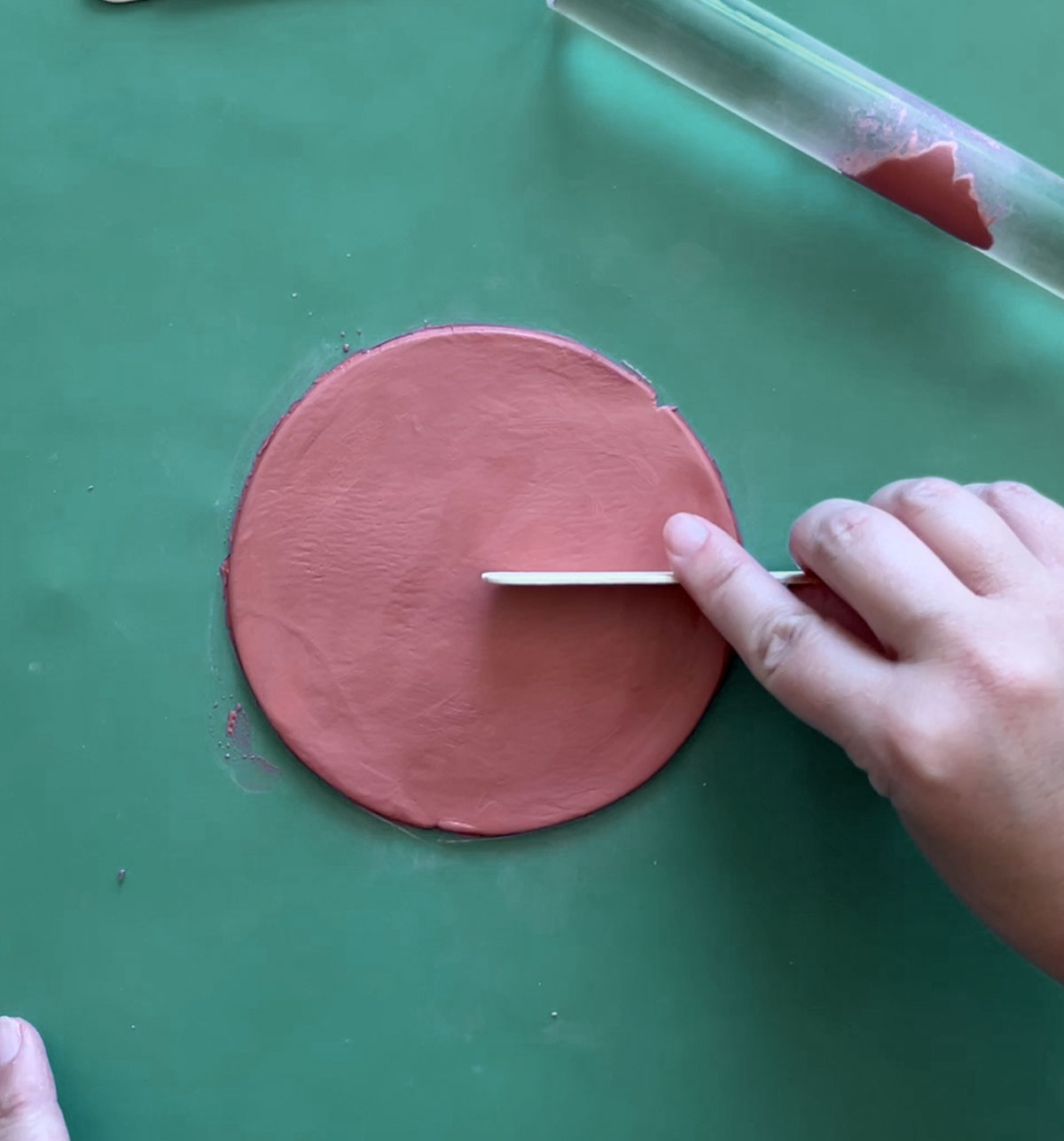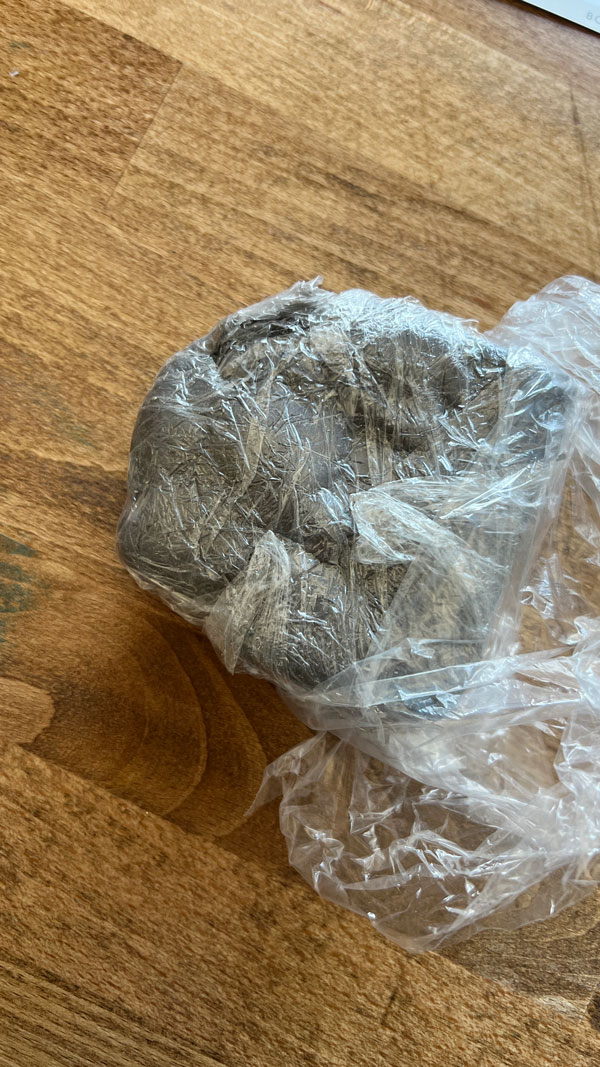What Gauge Wire is Easiest to Bend? Top Picks and Expert Advice
This post may contain affiliate links.
Gauge plays a crucial role in determining the flexibility and ease of bending a wire. The wire gauge system measures the diameter of a wire, and a smaller gauge number indicates a thicker wire. As wire thickness increases, it becomes more difficult to bend, whereas thinner wires offer more flexibility and ease of bending. Understanding the different wire gauges can help you select the best wire type for your project.
A 24-gauge wire is the easiest to bend when making crafts. However, it’s important to remember that using a wire with a thickness that is too thin for a particular application may compromise its durability and strength.

This post contains some affiliate links for your convenience. Click here to read my full disclosure policy. Thanks for supporting Craft Your Happy Place!
Basics of Wire Gauge
Understanding Wire Gauge
Wire gauge refers to the thickness of a wire and is an essential factor to consider when working with electrical cables, craft wires, or beading wires. The thickness of the wire has a direct impact on its flexibility – the thinner the wire, the easier it is to bend. Common wire gauges include 16-, 14-, 12-, 10-, 8-, 6-, and 2-gauge wire1.
The gauge number runs opposite to the diameter of the wire. This means a lower gauge number corresponds to a larger wire diameter, while a higher gauge number indicates a thinner wire. For instance, a 16-gauge wire will be thicker and less flexible than a 24-gauge wire2.
American Wire Gauge (AWG) System
The American Wire Gauge (AWG) system is a standard method of measuring and identifying wire thickness that was developed in the United States.
Here are some examples of AWG measurements for copper wire:
| AWG Size | Diameter (in) | Diameter (mm) |
|---|---|---|
| 24 | 0.0201 | 0.510 |
| 20 | 0.0320 | 0.813 |
| 16 | 0.0508 | 1.290 |
| 12 | 0.0808 | 2.050 |
| 8 | 0.1285 | 3.260 |
Most Versatile Wire Gauge for Crafting
Wire gauges dictate the thickness of the wire, with higher numbers indicating thinner wires. The most versatile wire gauge for crafting and jewelry making is the 20 gauge wire, which is relatively easy to bend without compromising its structural integrity.
20 gauge wire is versatile because its size makes it easy to bend. It is especially suitable for lightweight applications where flexibility and thinness are crucial aspects.
In the world of jewelry making, 20-gauge wire is a versatile and popular option. This is because it provides an excellent balance between flexibility and strength, allowing the wire to be bent and manipulated easily without compromising its structure. Jewelers frequently use 20-gauge wire for making:
- Wire wrap jewelry
- Beaded earrings, bracelets, and necklaces
- Ear wires and findings
- Beading wire for stringing beads
Overall, 20-gauge wire’s versatility makes it the go-to choice for various lightweight applications. Its ideal balance between flexibility and strength makes it an invaluable material.
Frequently Asked Questions
Easiest wire gauge to bend by hand?
When it comes to bending wire by hand, thinner gauges are typically easier to work with. For example, 24 gauge wire has a diameter of 0.0201 inches (0.510 mm), making it flexible and easy to manipulate for various craft and jewelry projects.
Best wire for ring making?
For making rings, a slightly thicker wire is usually preferred for its durability and strength. 20 gauge wire with a diameter of 0.0320 inches (0.8128 mm) is a popular choice for ring making as it provides a good balance between ease of bending and sturdiness.
Suitable wire gauge for jewelry?
The suitable wire gauge for jewelry making largely depends on the specific project and desired outcome. However, generally speaking, 20 to 22 gauge wire is a common choice for a variety of jewelry projects such as earrings, necklaces, and bracelets due to its versatility and manageable thickness.
Ideal wire gauge for ring band?
For creating ring bands, a slightly thicker wire gauge may be preferred to ensure durability. 18 gauge wire with a diameter of 0.0403 inches (1.0246 mm) is often recommended as it provides enough strength for everyday wear while still being workable for most jewelry makers.
Jewelry wire gauge in mm?
Jewelry wire gauges are often measured in millimeters (mm). For example, a 20 gauge wire has a diameter of 0.8128 mm, and a 22 gauge wire has a diameter of 0.7112 mm. Different wire gauges will have varying diameters, so it’s essential to choose the appropriate size for your specific project.
Top wire for wrapping crystals?
When wrapping crystals for jewelry, you’ll want a wire that’s both easy to manipulate and strong enough to hold the crystal securely. 20 to 22 gauge wire is a popular choice for this purpose, as it offers the right balance of flexibility and strength, making it ideal for securely holding and showcasing the crystal.





